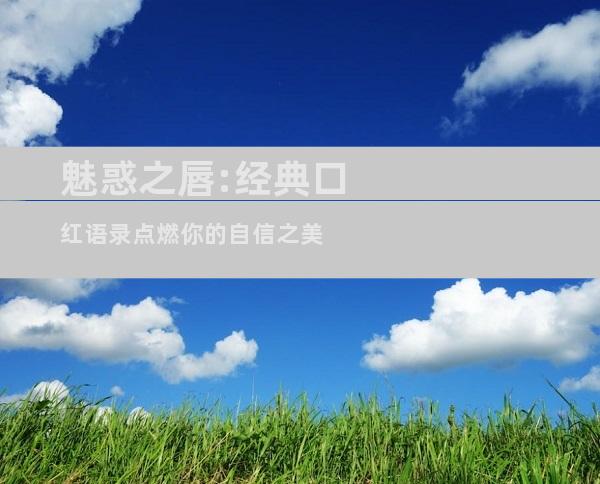planting是什么意思英文
来源:网络 作者:adminkkk 更新 :2023-06-28 19:05:11

What is Planting?
Planting is the process of sowing seeds or planting young plants into the soil to grow crops or flowers. It is an essential part of agriculture and gardening, and it can be done in various ways depending on the type of plant and the desired outcome. Here are some important aspects of planting that you should know:
1. Types of Plants
There are many types of plants that can be grown through planting, including vegetables, fruits, herbs, flowers, and trees. Each type of plant has its own requirements for soil, water, sunlight, and nutrients, and it is important to choose the right plants for your climate and soil type. Some plants can be grown from seeds, while others require seedlings or cuttings to be planted.
2. Soil Preparation
Before planting, it is important to prepare the soil by removing weeds, rocks, and debris, and adding organic matter such as compost or manure to improve the soil structure and fertility. The soil should be moist but not waterlogged, and the pH level should be tested to ensure that it is suitable for the plants you want to grow. Some plants require acidic soil, while others prefer alkaline or neutral soil.
3. Planting Techniques
There are several planting techniques that can be used depending on the type of plant and the desired outcome. Some common techniques include:
- Direct seeding: planting seeds directly into the soil
- Transplanting: planting seedlings or cuttings that have been started indoors or in a greenhouse
- Container gardening: planting in pots or containers
- Intercropping: planting different types of plants together to maximize space and nutrients
- Companion planting: planting certain plants together to benefit each other
4. Care and Maintenance
After planting, it is important to provide proper care and maintenance to ensure that the plants grow healthy and strong. This includes watering, fertilizing, pruning, and pest control. Different plants have different requirements for care, and it is important to research and follow the specific instructions for each type of plant. Regular monitoring and observation can help identify any problems or issues that need to be addressed.
5. Harvesting and Yield
Harvesting is the process of collecting the mature crops or flowers from the plants. The timing of harvesting depends on the type of plant and the desired outcome. Some plants can be harvested multiple times, while others only produce one crop per season. The yield or amount of produce that can be harvested depends on various factors such as the planting technique, soil quality, weather conditions, and pest control. Proper harvesting and storage techniques can help maximize the yield and quality of the crops.
6. Importance of Planting
Planting is important for several reasons:
- It provides food, fiber, and other resources for human and animal consumption
- It supports biodiversity and ecosystem services such as pollination, soil conservation, and carbon sequestration
- It contributes to economic development and job creation in the agriculture and horticulture industries
- It promotes physical and mental health through gardening and outdoor activities
7. Conclusion
Planting is a fundamental activity that connects humans with nature and provides numerous benefits for individuals and society as a whole. By understanding the different aspects of planting and following best practices, we can grow healthy and productive crops and contribute to a sustainable and resilient future.
- END -









